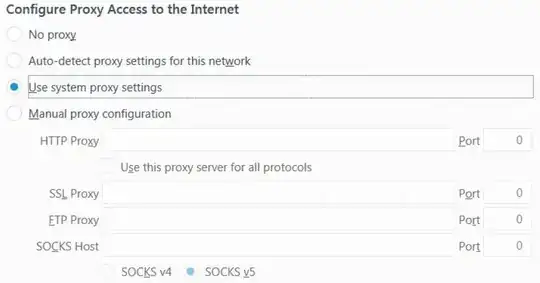For the "original" reason, think back to 1993, when Netscape 0.9 was released. It had a "Mail and Proxies" Options dialog (per a copy of the manual). At that time, most Internet links were 56-kbit or fractional T1 lines between university campuses and government. There were several ways an HTTP proxy could help or even be required:
- The web-browser might be on a TCP/IP LAN with no (IP-level) routing to the Internet, but with a host dual-homed on that LAN and the Internet. The dual-homed host could run an HTTP proxy service and a DNS proxy service, allowing clients on the LAN to access the Web. (Note that the RFCs describing the standard private-address ranges and NAT, RFC 1597 and RFC 1631, were not published until March and May of 1994.)
- Even if the LAN had routable addresses, or even after NAT was deployed, the off-site bandwidth was probably a lot less than the local bandwidth between clients and a potential proxy location. As long as the clients were browsing a significant amount of the same, static or slowly-changing, content, the proxy made things better for the clients (by returning cached content quickly) as well as the network operator (by freeing up bandwidth for other network functions, or reducing charges for data usage when billing was per-packet or per-byte).
- If enough end users were behind proxies, it took the edge off what would 10 years later be called the "Slashdot effect": origin servers for worldwide-popular content would only have to serve it to each proxy, not to each end user.
Of course, sending all HTTP traffic through a designated process also makes that process a good control-point for applying security policy: filtering by keywords in the (decoded) request or response body; only allowing access to users who authenticate to the proxy; logging.
Yes, there are organizations that "push" a proxy policy to end-user devices they control, and enforce it by a restrictive policy at the border routers.
Also note that even if you think you're browsing on a "clean" network, your traffic may be going through a proxy; see for example the Transparent Proxy with Linux and Squid mini-HOWTO.
But it's true that an explicitly-configured proxy may give little advantage or even make browsing a lot worse on today's Internet. When popular websites use CDNs, and most content is dynamic, and even content that seems like it could be cached (like Google Maps tiles and Youtube video data) is varied based on browser version, OS, screen size, or even a random cookie meant to make it uncacheable, caching saves little bandwidth for a cache near the end-user (although origin servers often have caches in front of them). For the uncacheable content, another cache adds RTT to every request, making browsing slower.
